Men (and women) in sheds, building cars are, surely, an essential part of Britain’s automotive culture, keeping alive the country’s passion for fixing and fabricating.
Tucked away in the shed at the back of the garden, in the garage or in a workshop hidden on a farm, they keep a low profile until the wraps come off and out through the doors passes an eye-popping creation, the like of which no one but the dog has seen before. There are thousands of these enthusiasts across the land, but we could only spare a day to meet three of them. For our purposes, they weren’t your usual weekend tinkerers; rather, small businesses doing quite remarkable things. Even more remarkably, all three (plus a fourth we spoke to by phone) are based in, or very near to, Worcestershire.
What is it about the region that it should attract so many small, specialist car makers? Being on the edge of the Midlands, the home of UK engineering, must help. Then there’s the venerable Shelsley Walsh hillclimb, long a competitive test ground for generations of motor engineers, and the Morgan Motor Company, a beacon for specialist car builders.
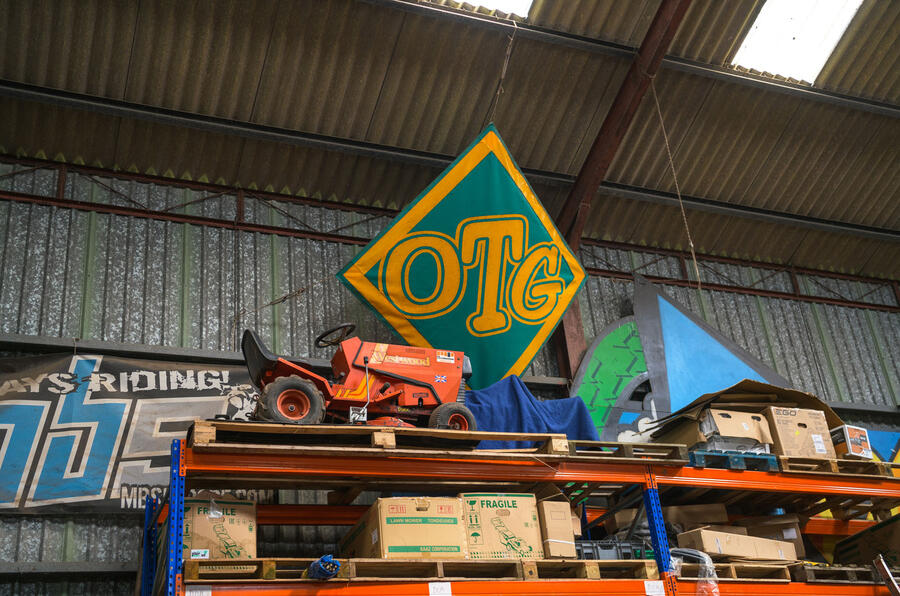
Add the county’s hundreds of farms with workshop space to spare and miles of quiet roads on which creations can be put through their paces, and Worcestershire would seem to be the perfect location for one man (or woman) and his (or her) shed. Let’s meet some of them…
Joe Mason
Tempest of England
Joe Mason’s workshop is a car builder’s dream shed, far from prying eyes in the corner of a farmyard in the wilds of Worcestershire. Outside there’s ample space for his collection of around 100 vehicles, most of them Reliant cars in various stages of decay, plus a few trucks and fairground vehicles and a sprinkling of the Fox and Kitten-based four-wheel, two-seat Tempest Tourers he builds, restores and maintains. A large Reliant sign that used to hang at the maker’s Tamworth factory takes pride of place above the door.

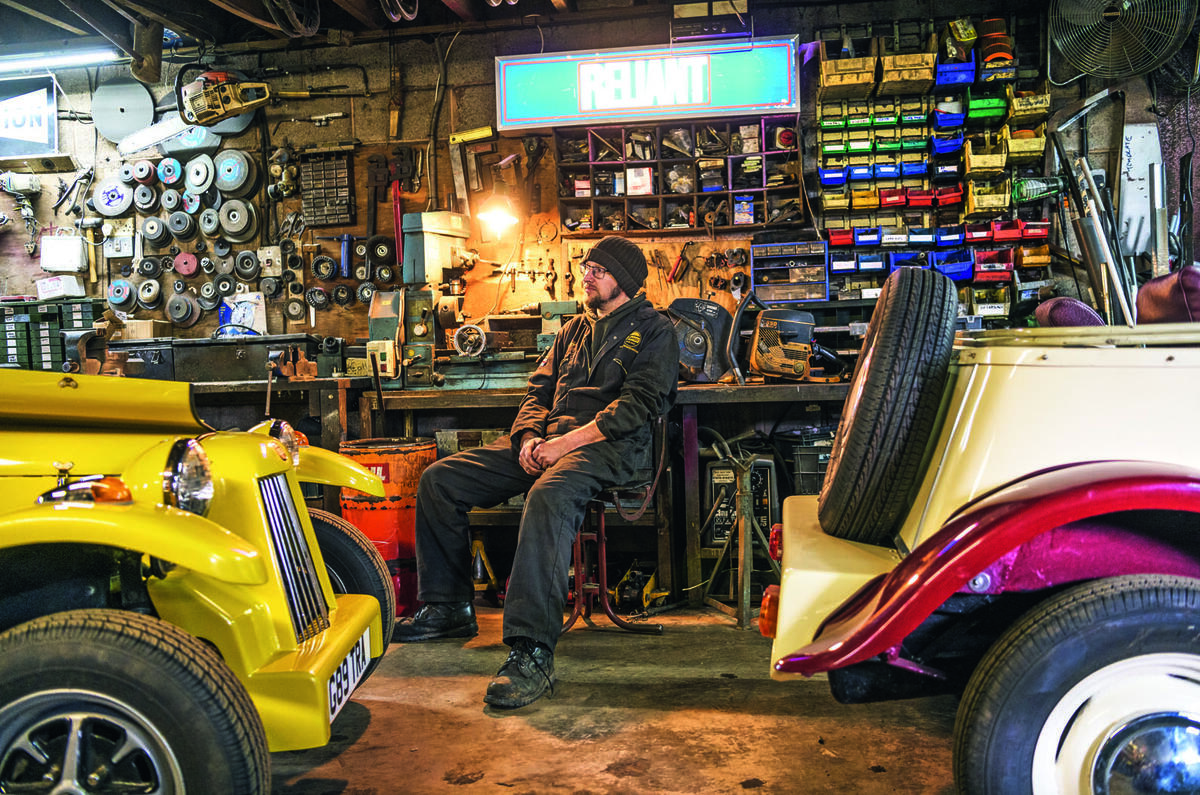
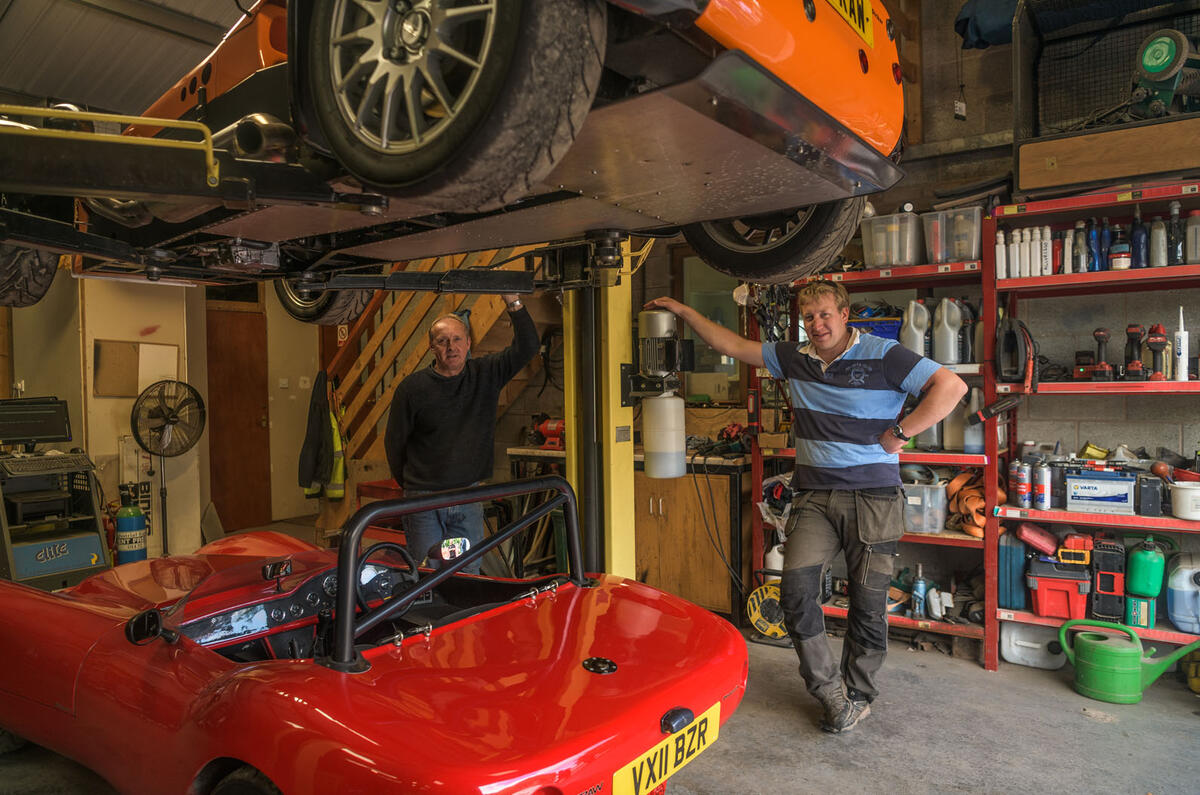
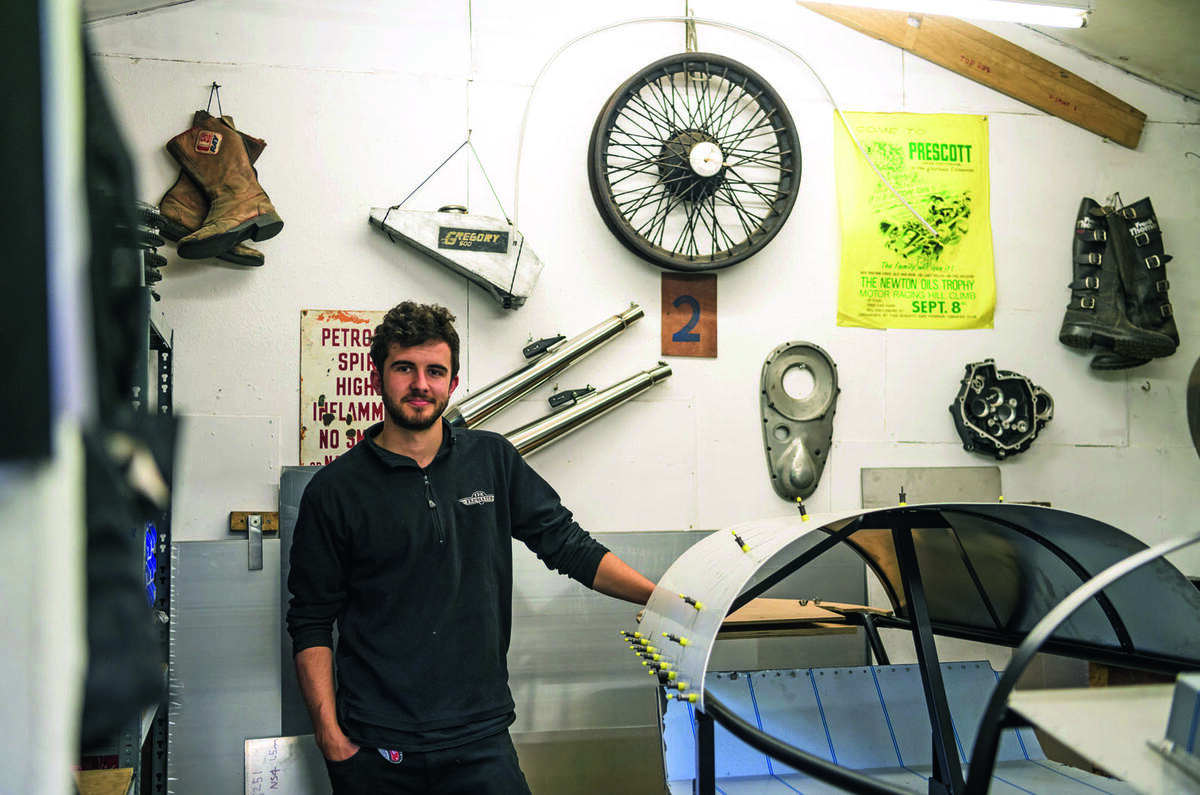
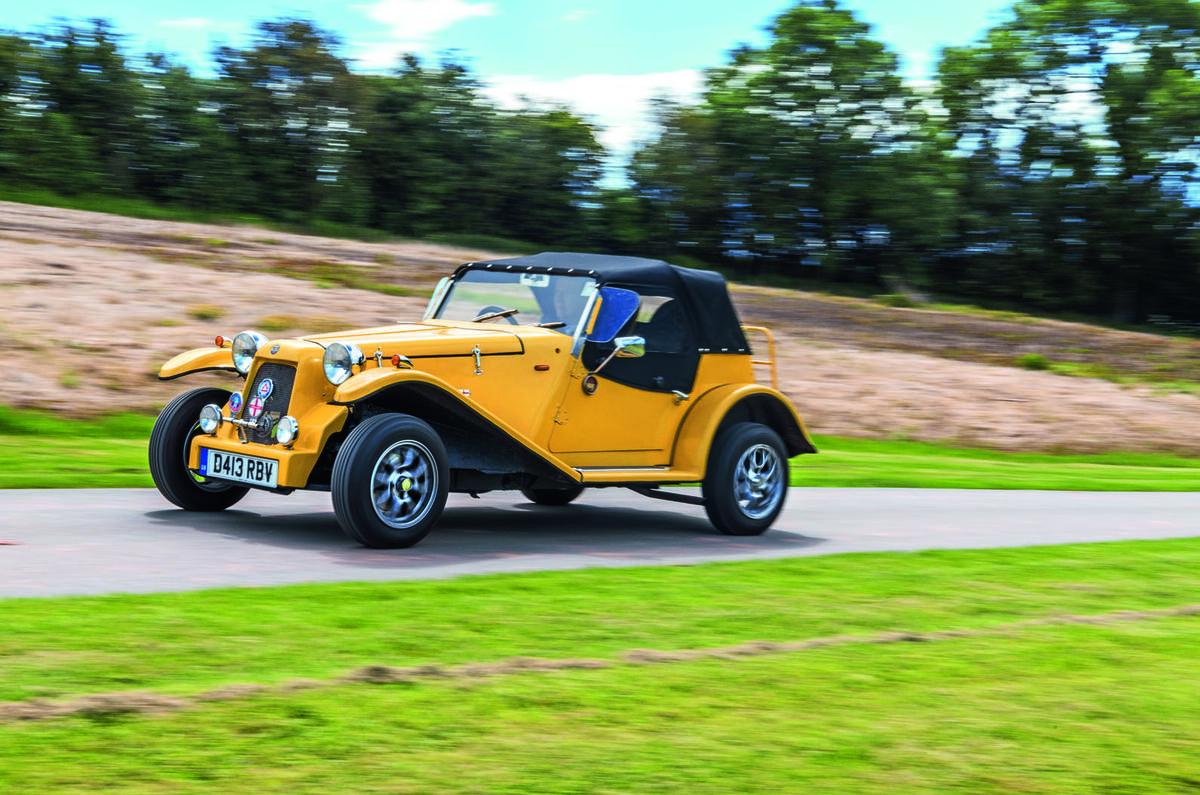
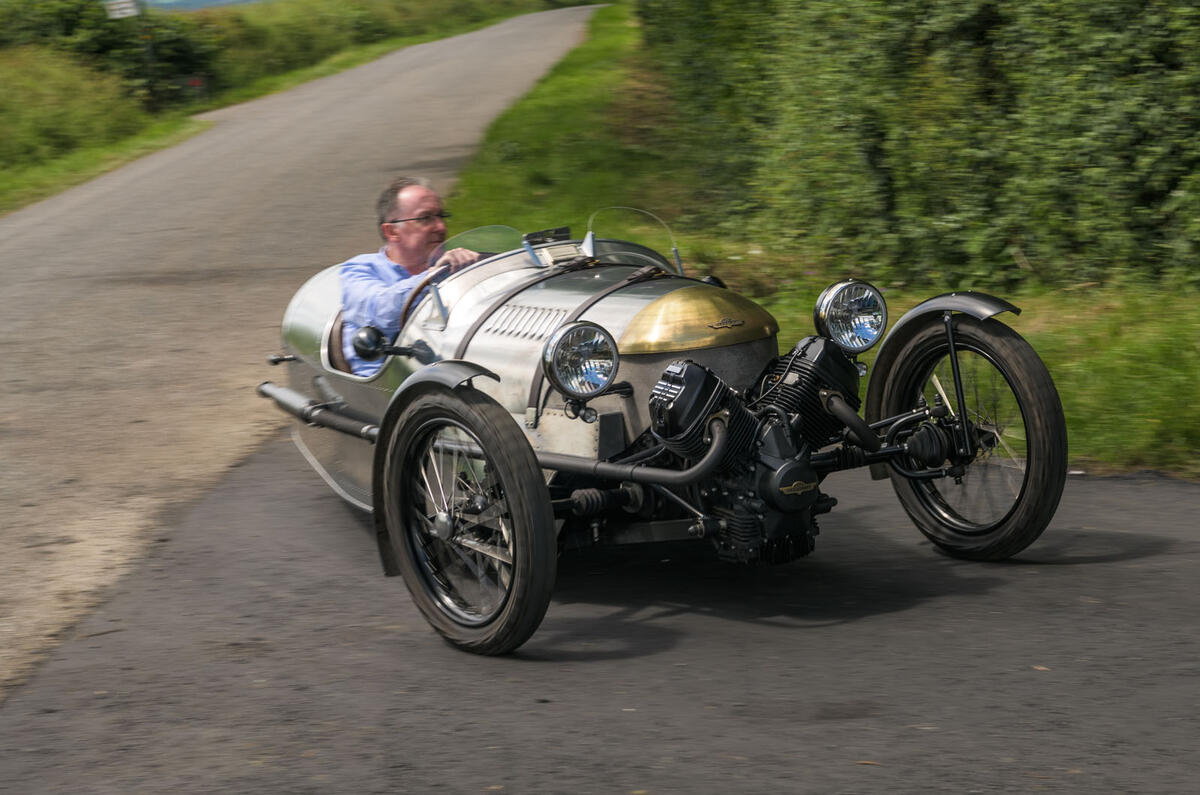
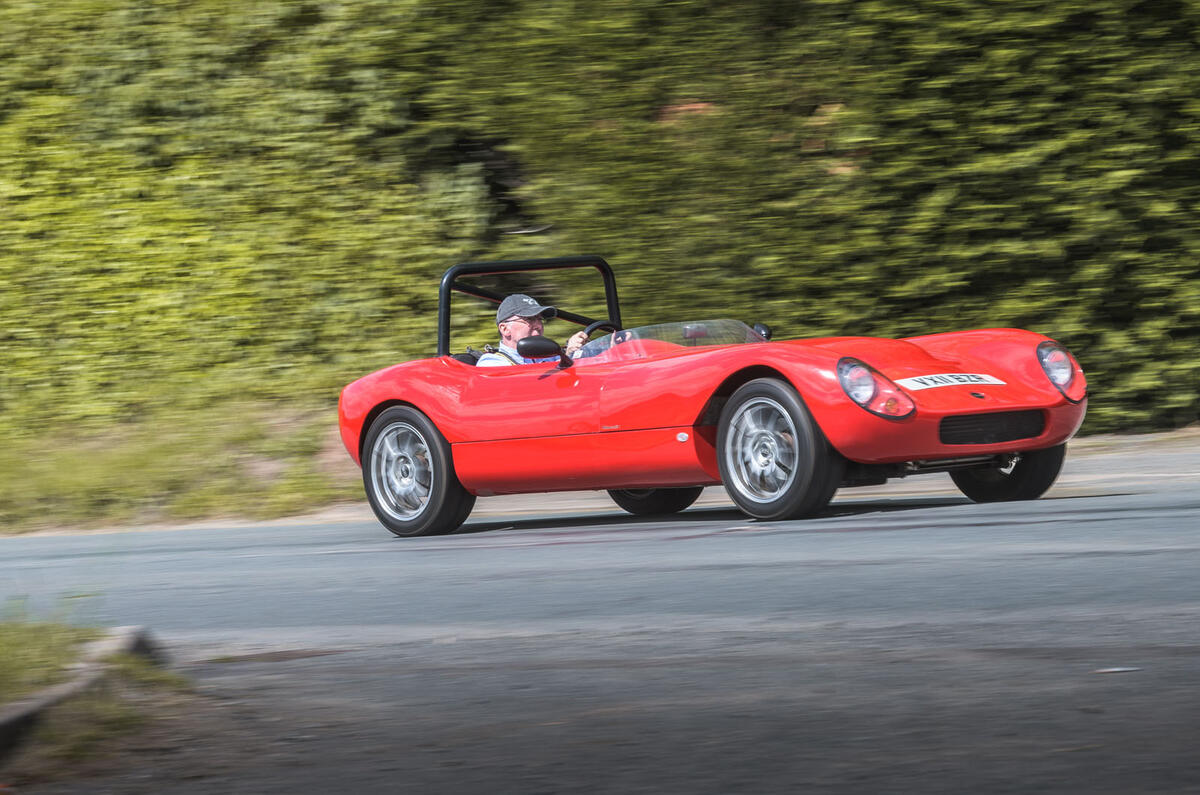
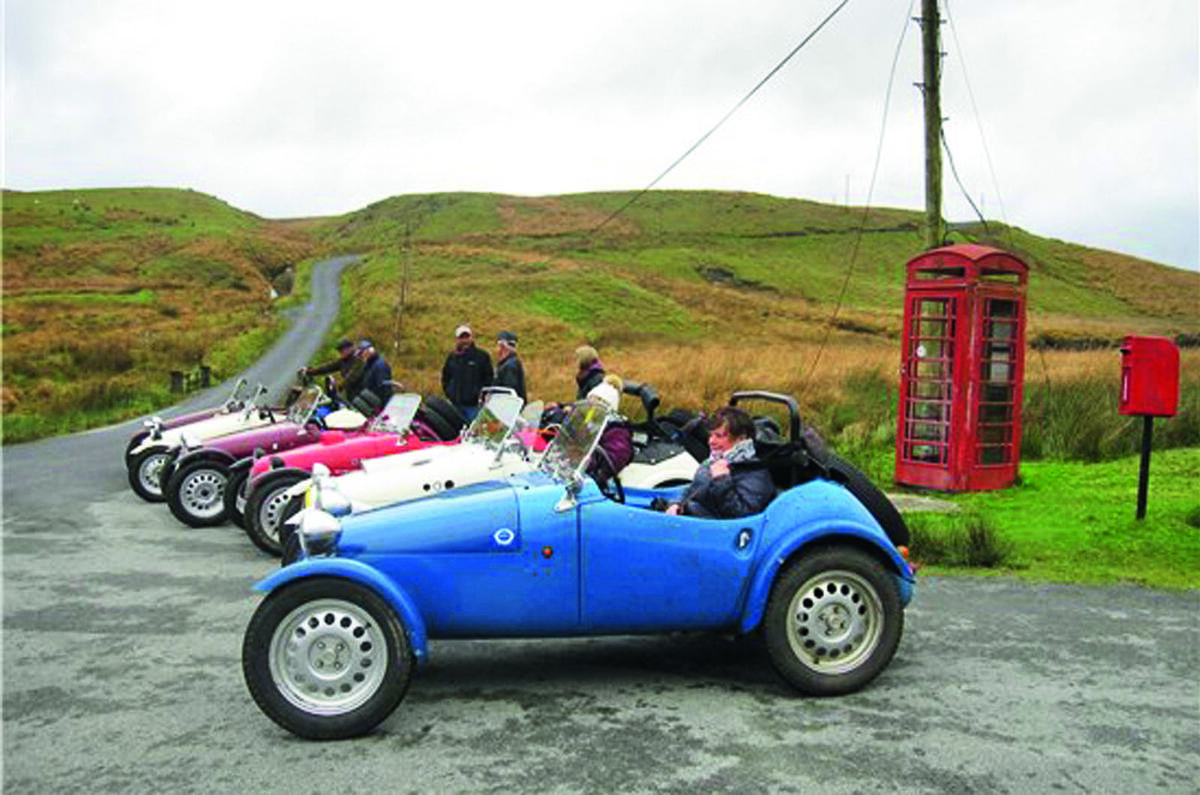
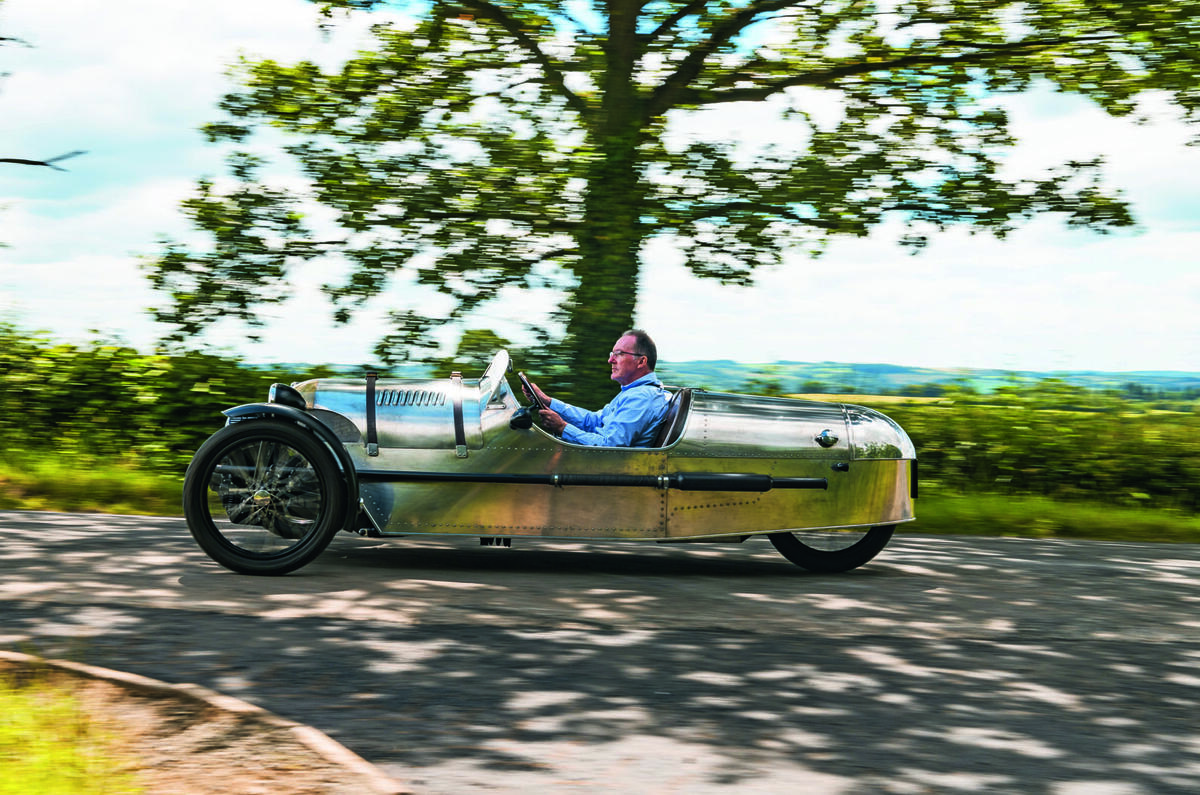

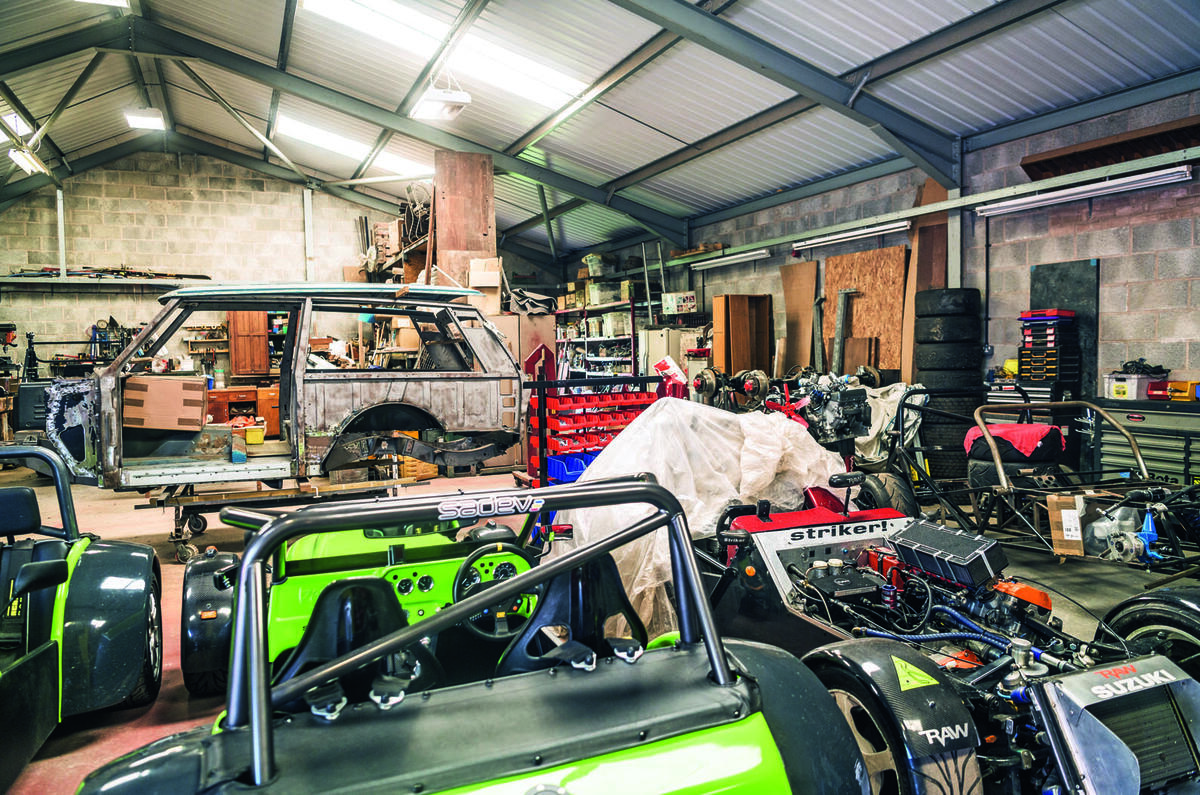

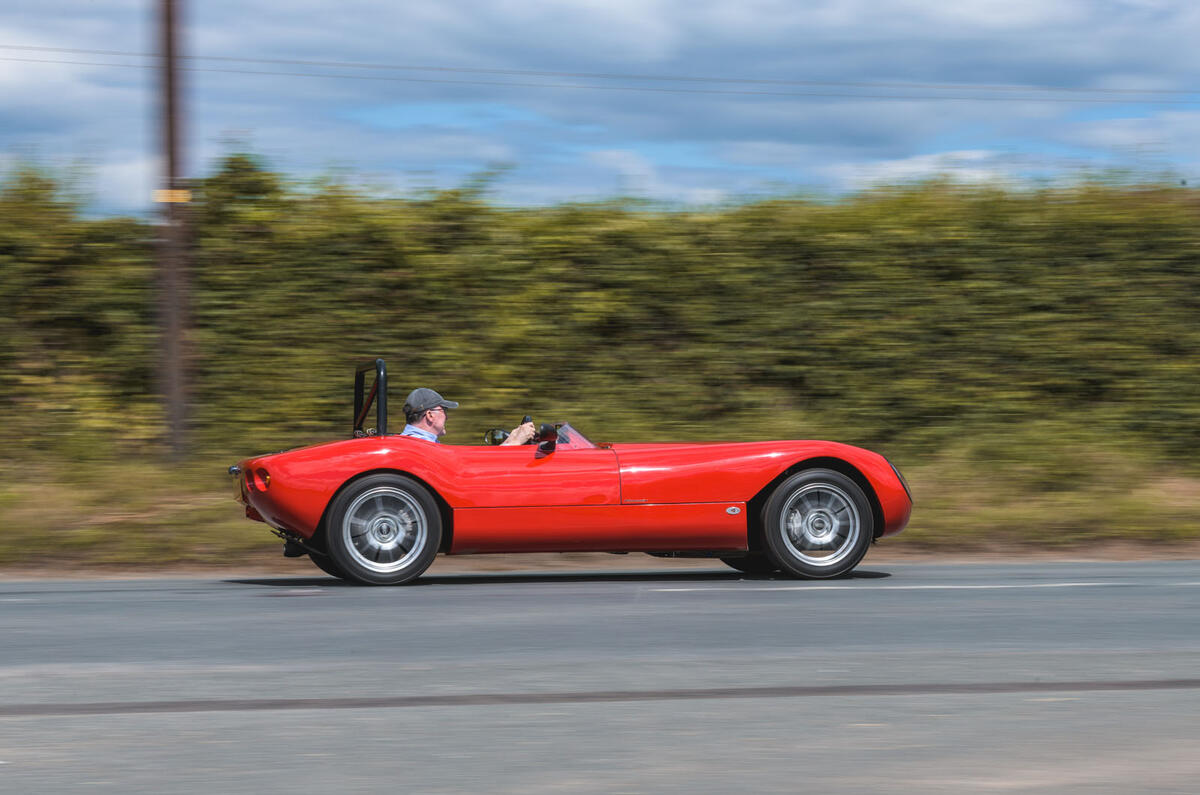
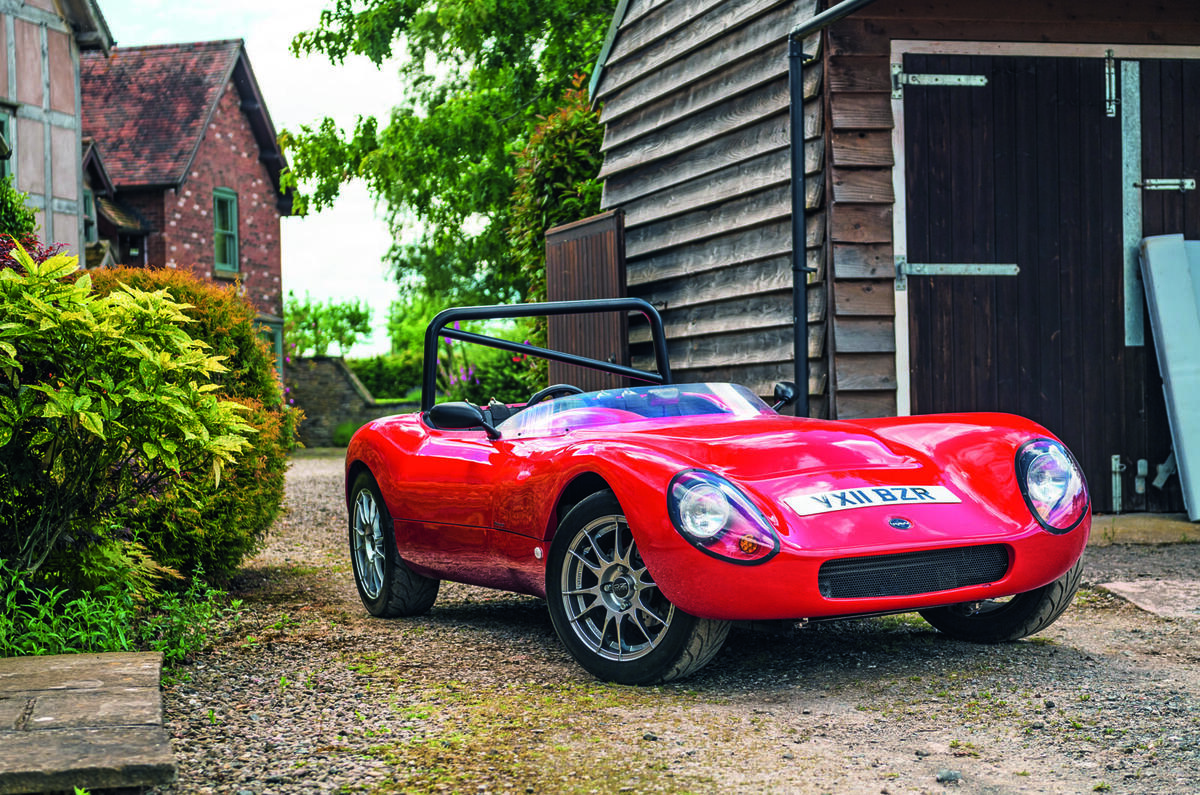
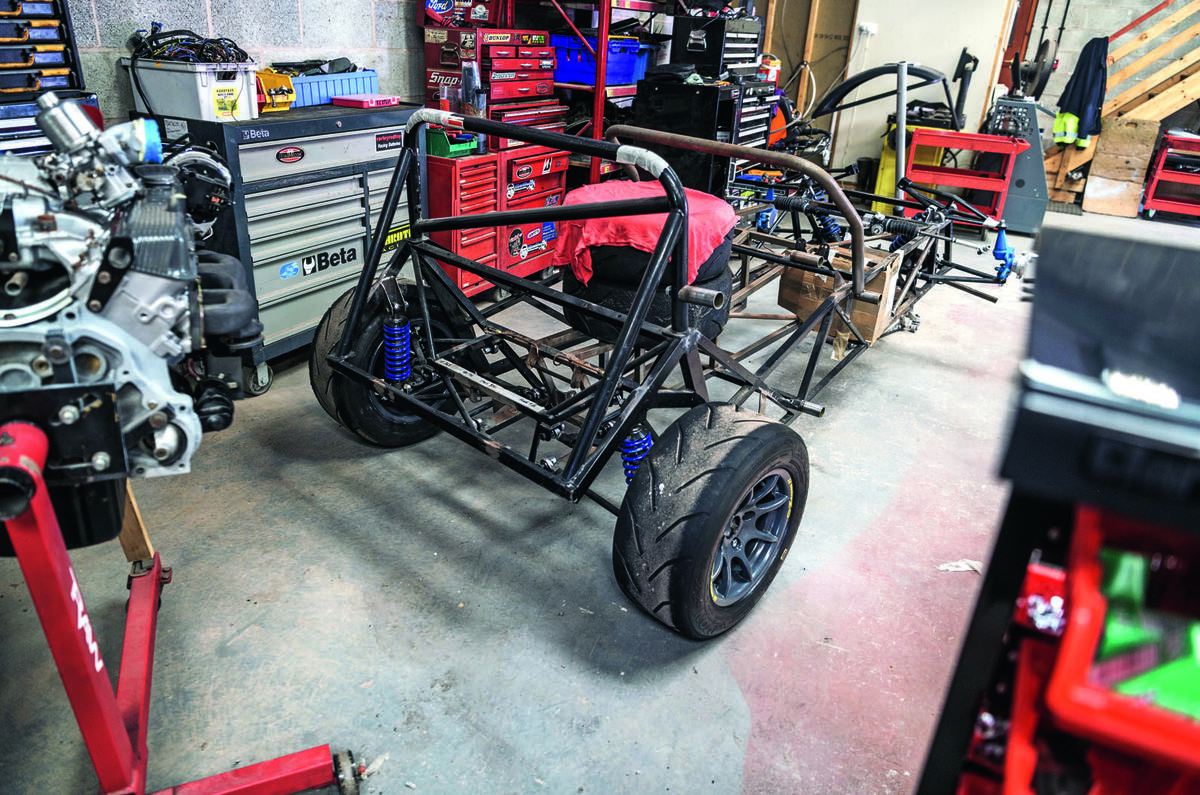
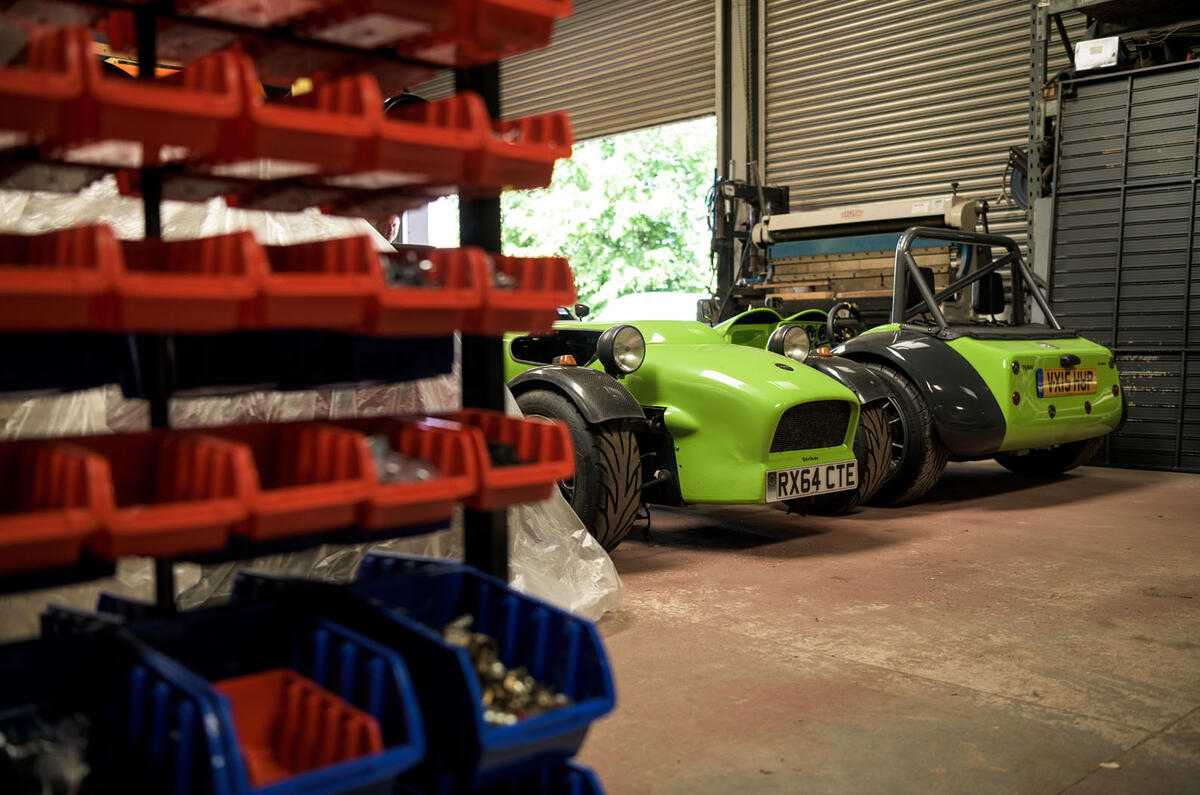
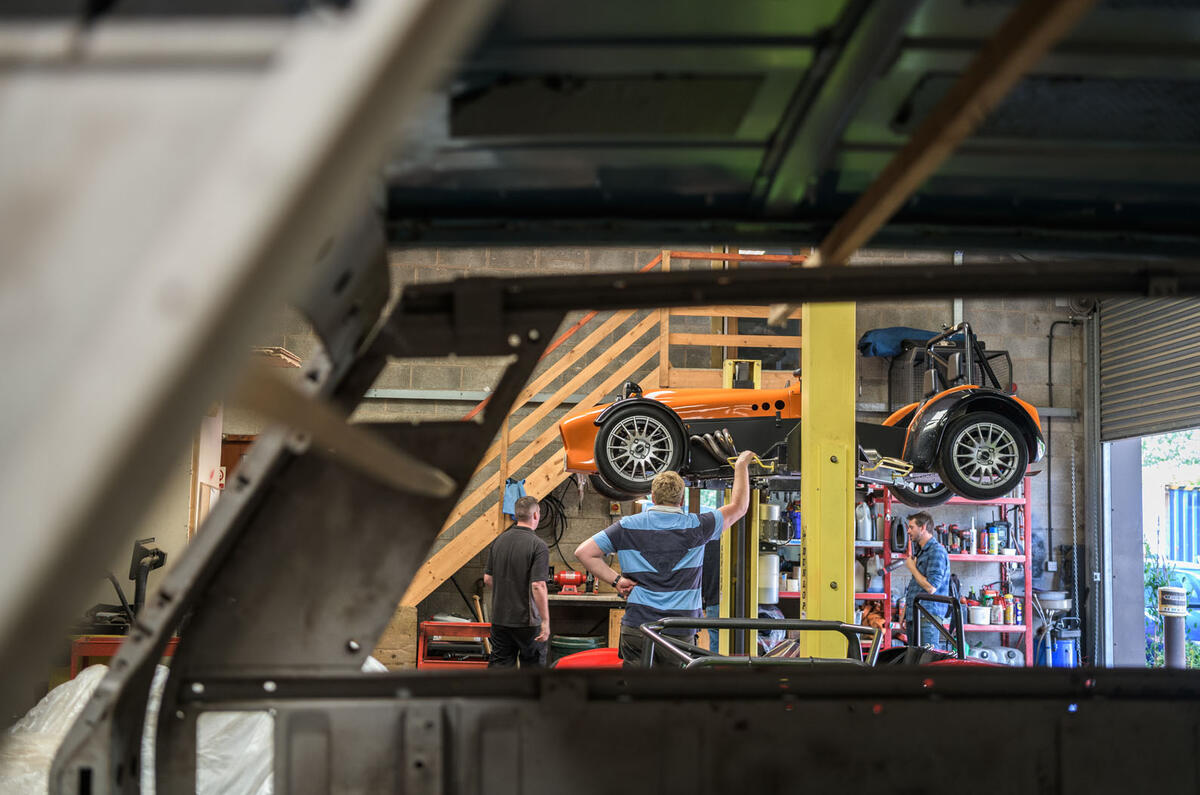
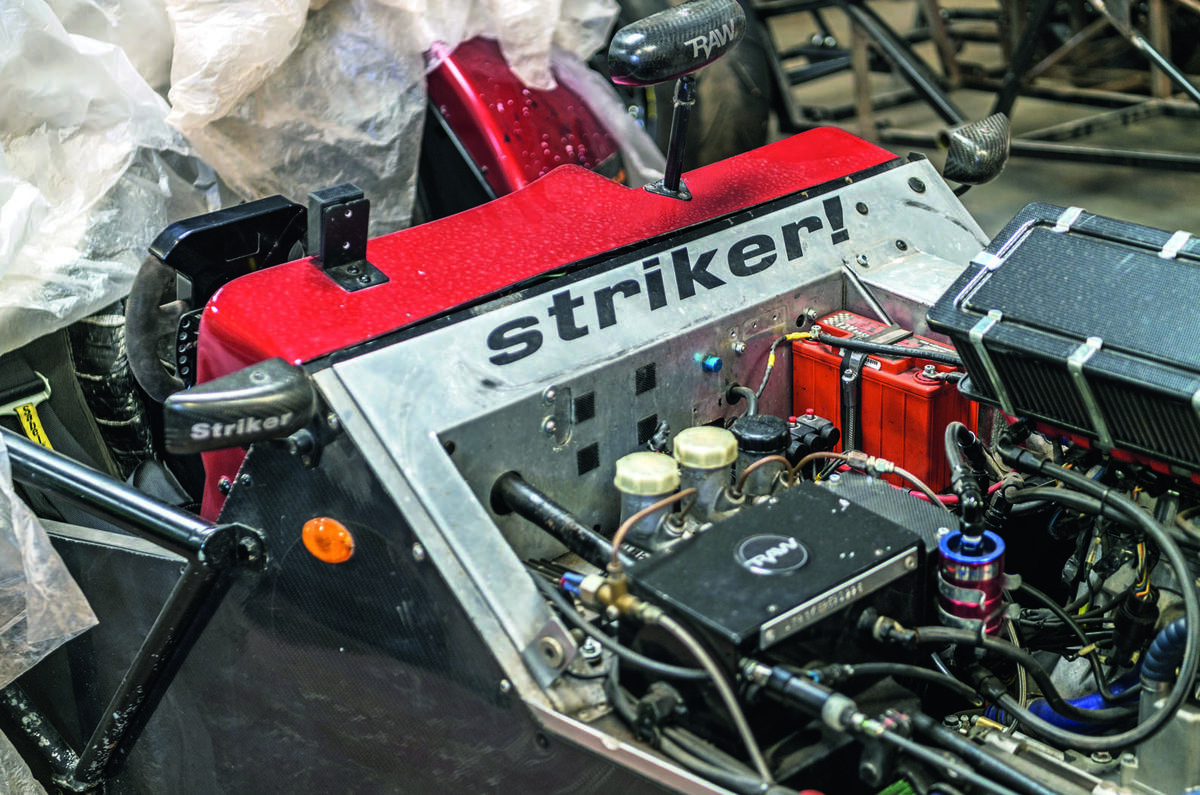
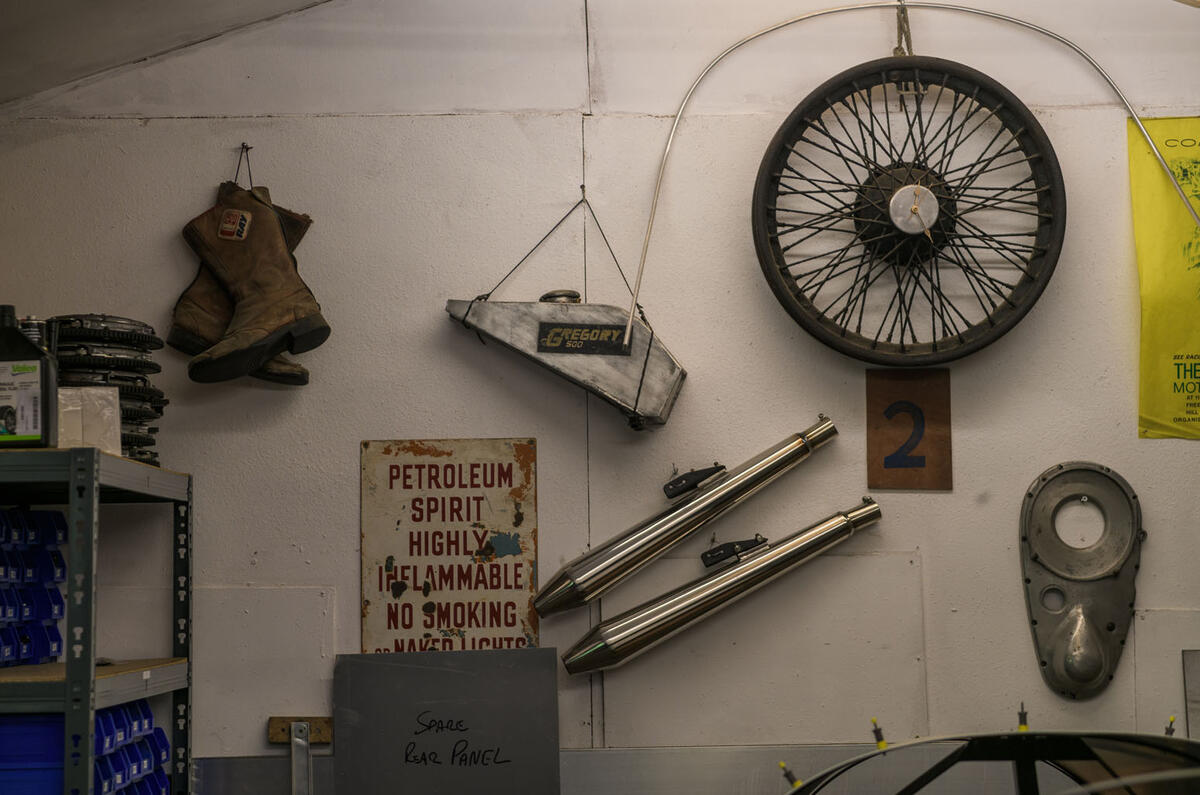
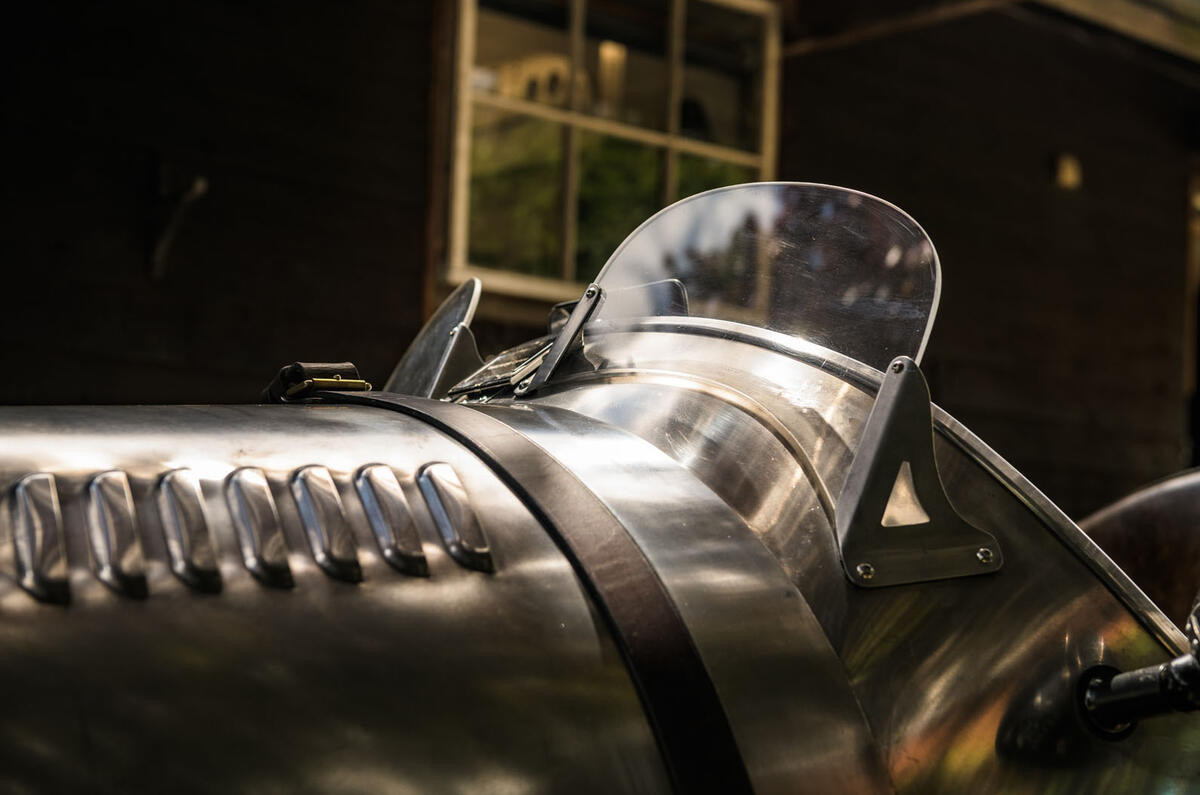
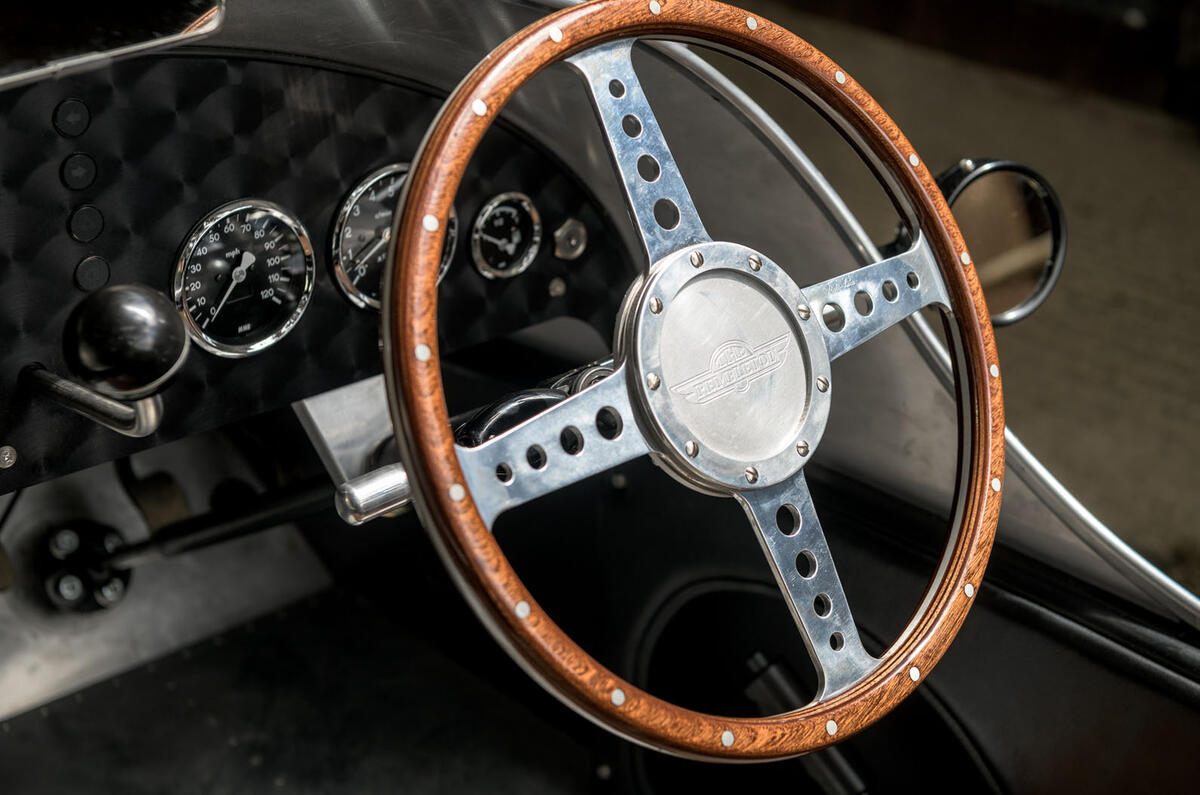
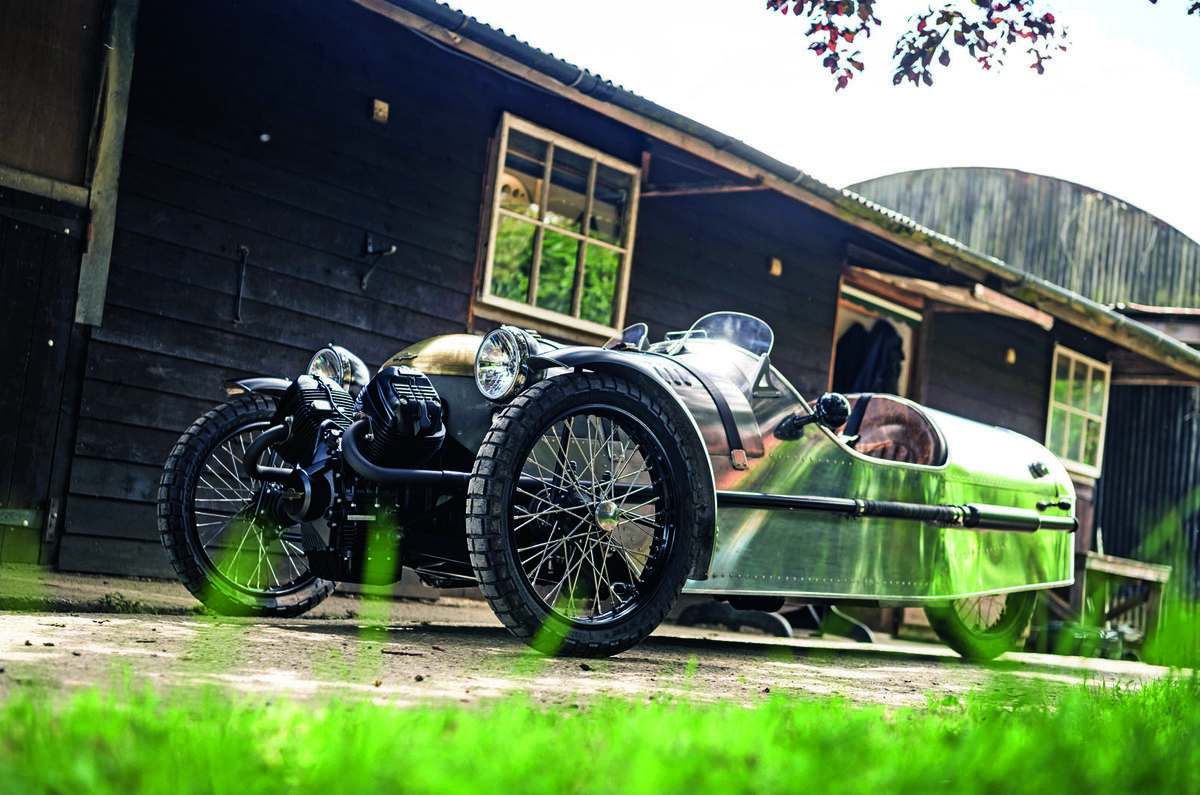
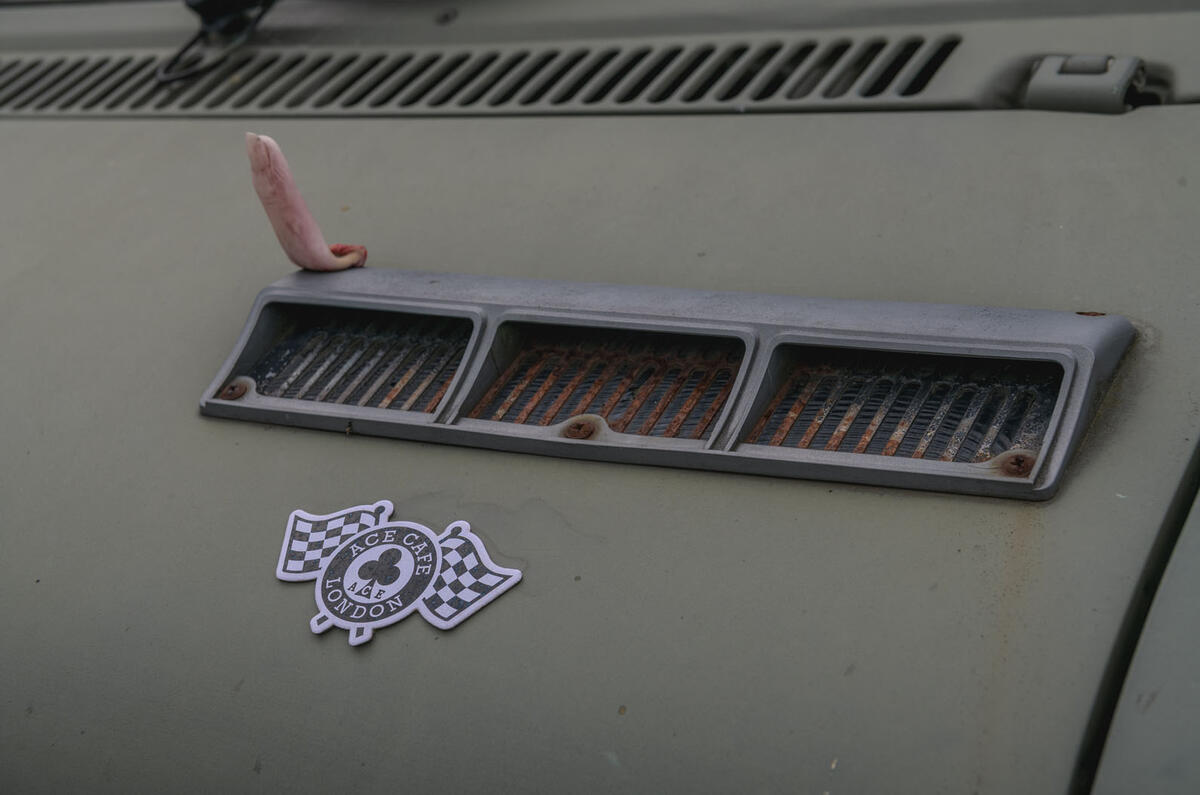
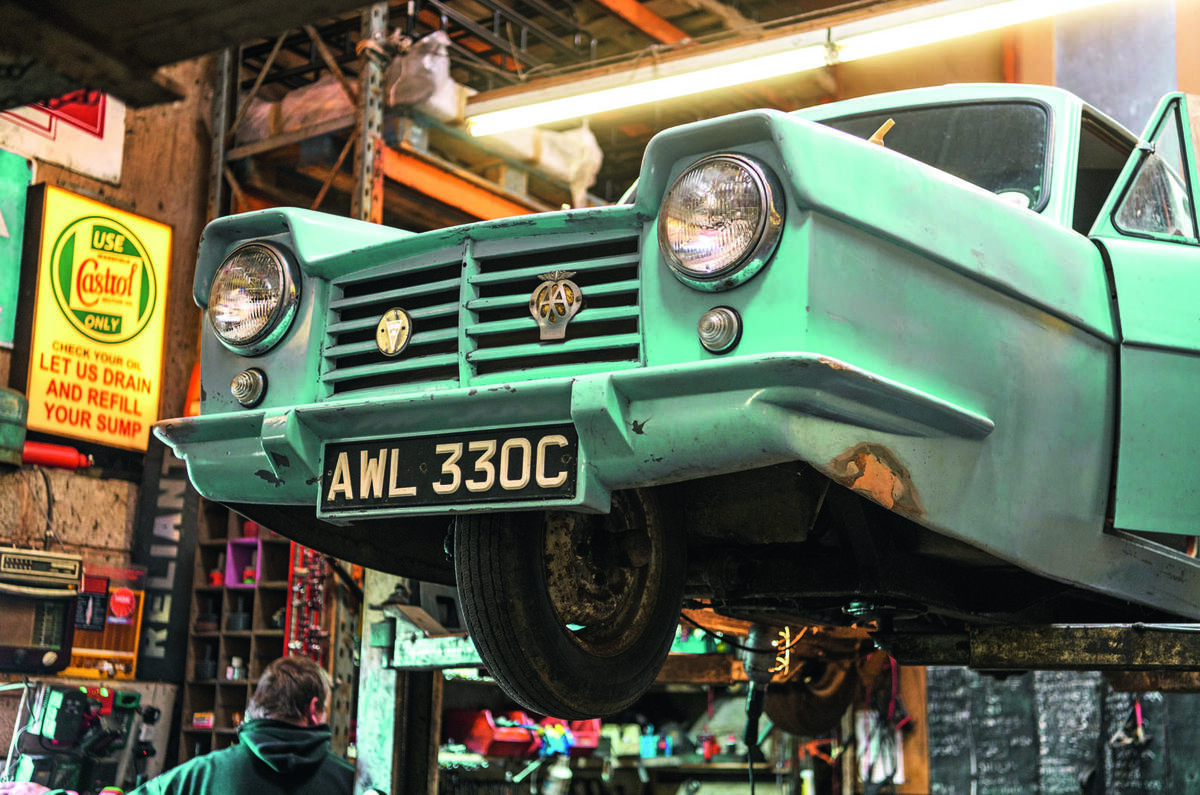
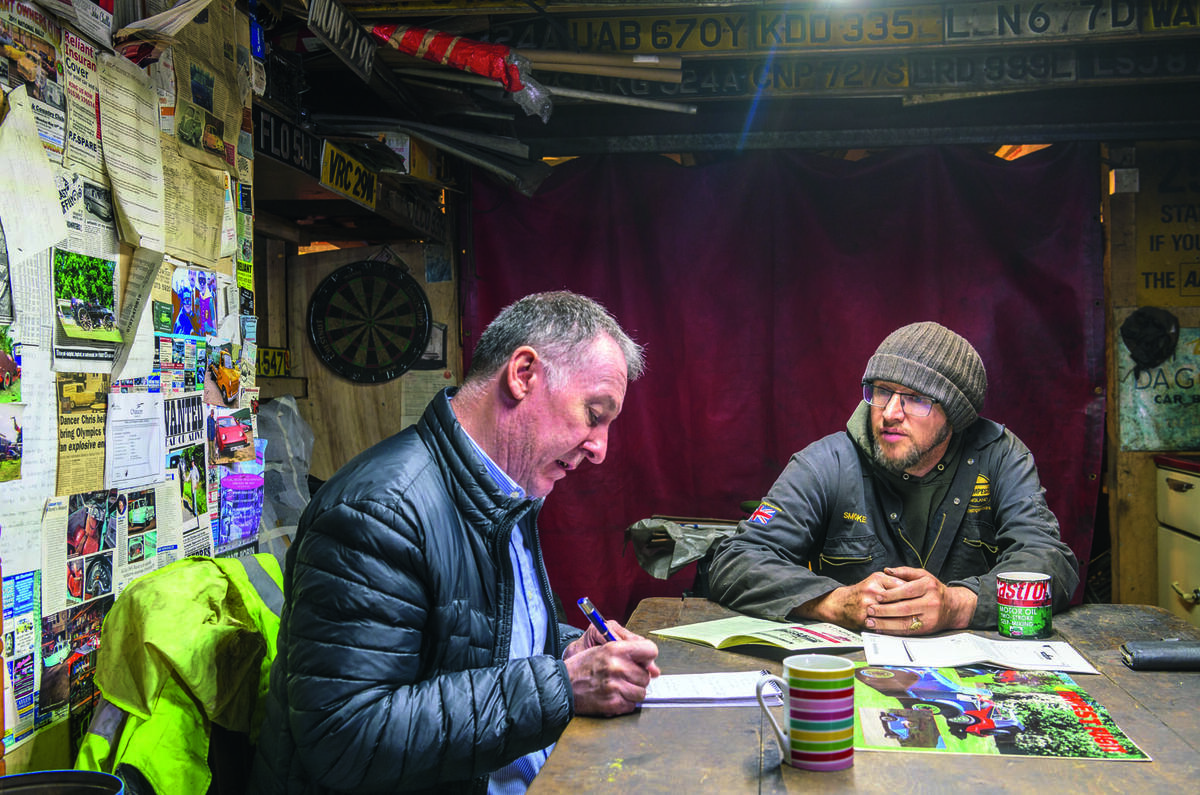
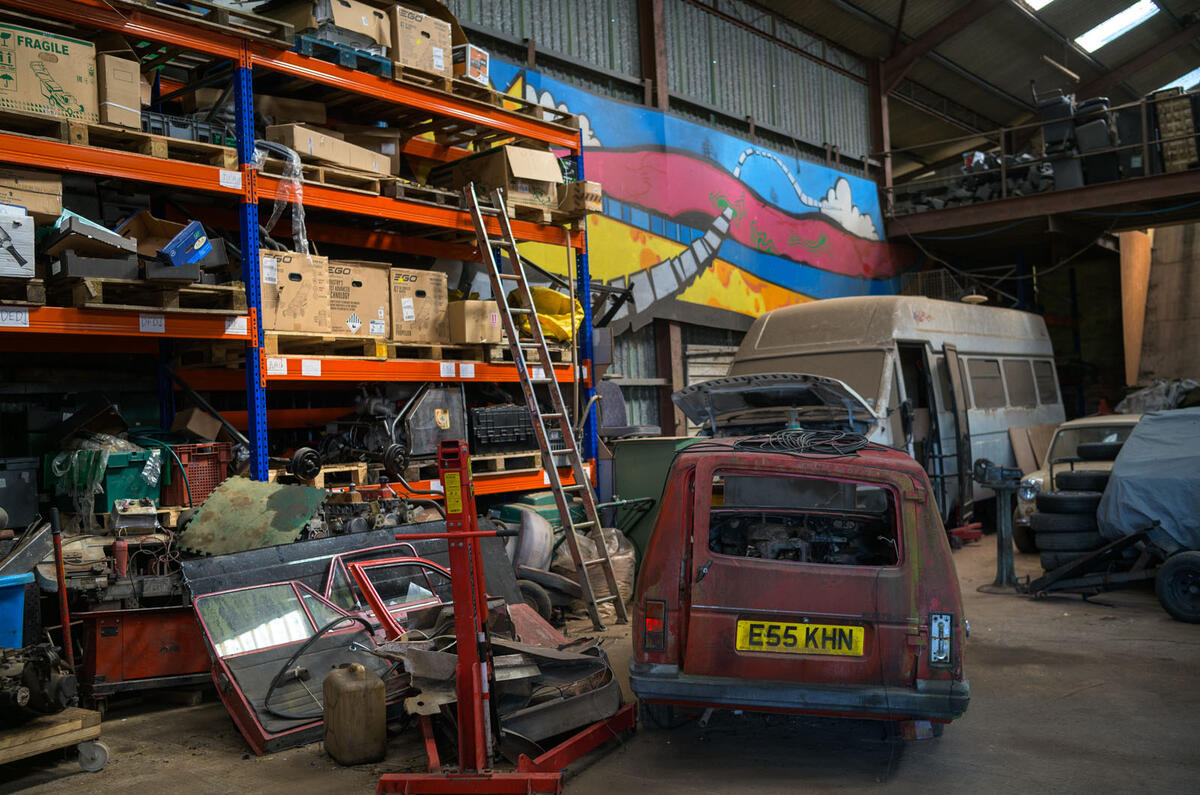
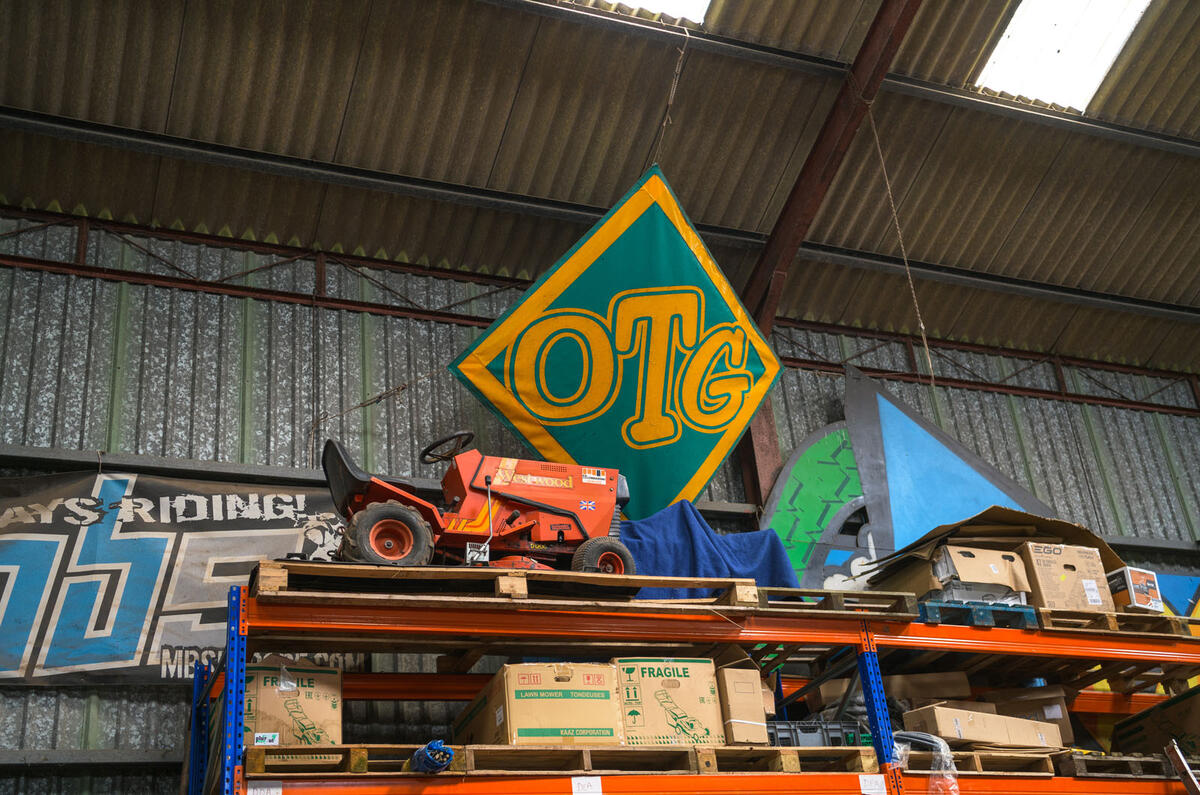
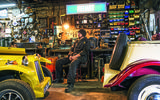
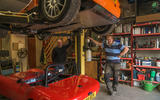
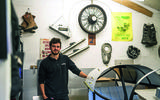
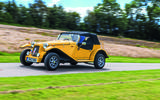
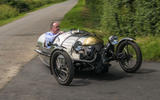
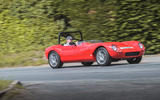
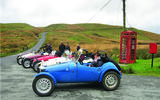
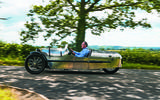
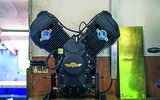
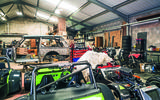
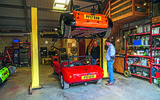
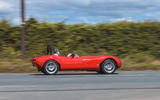
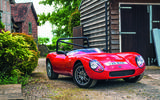
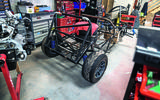


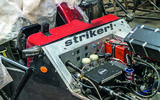
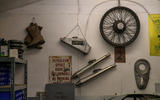
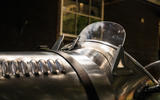
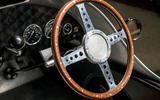
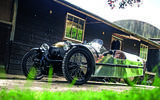

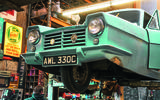
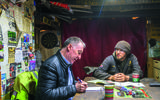
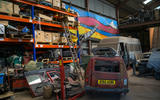
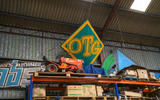


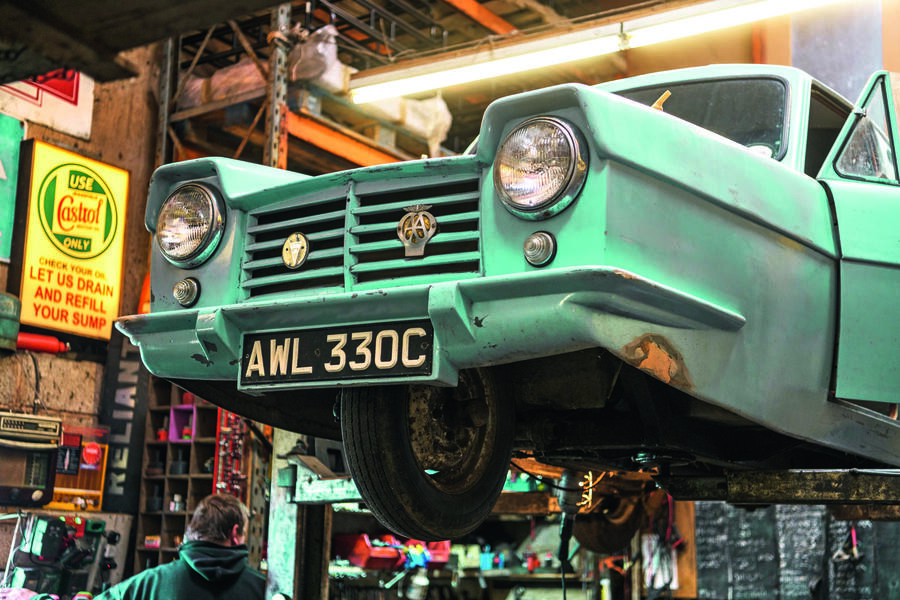
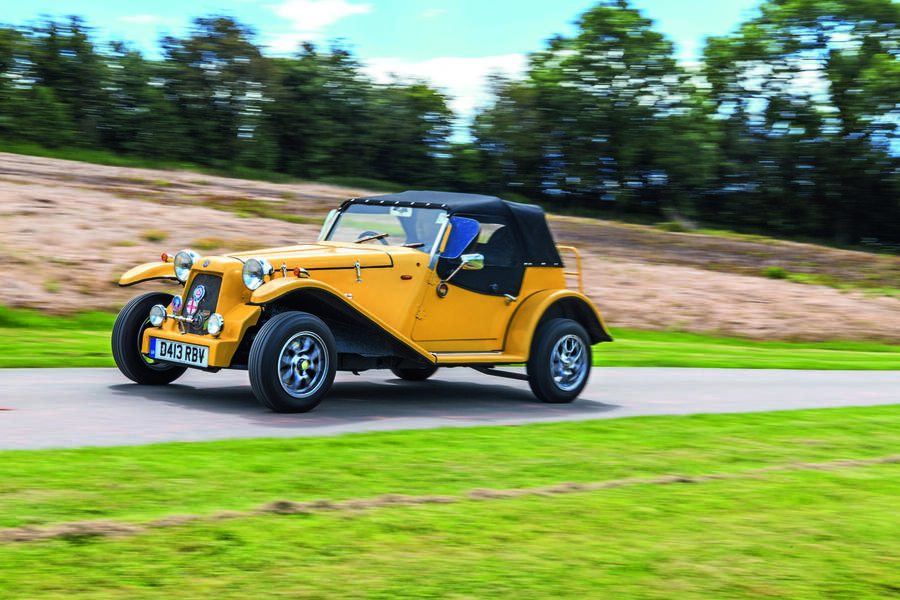

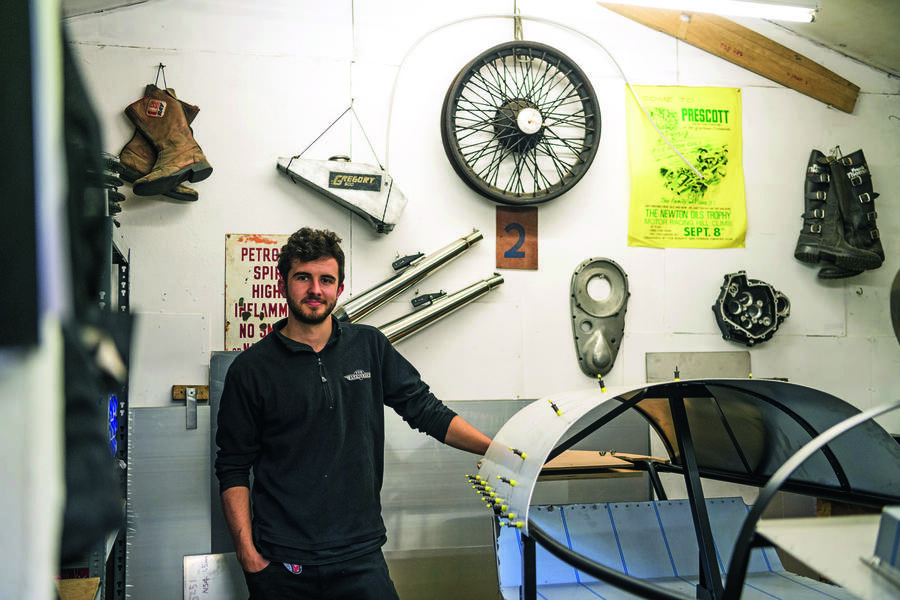

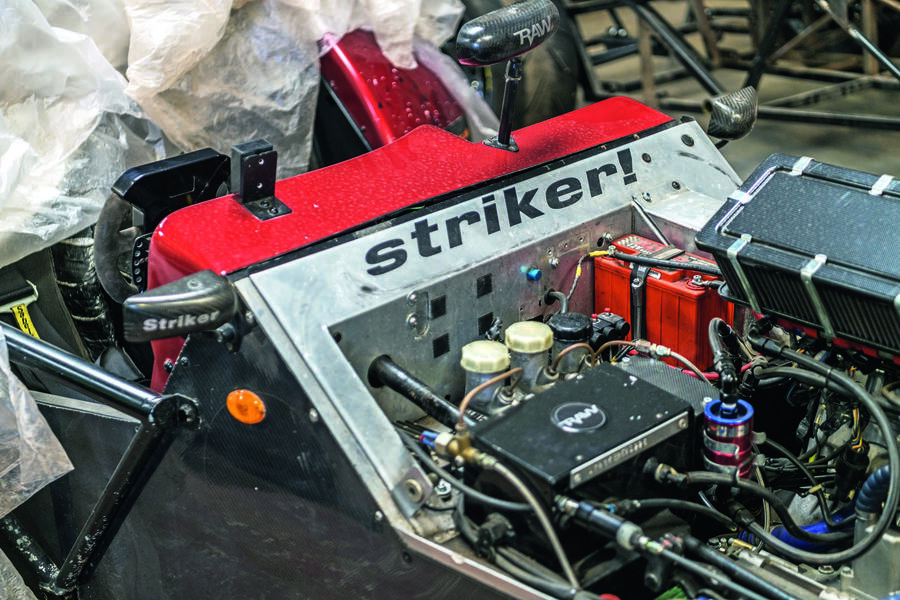
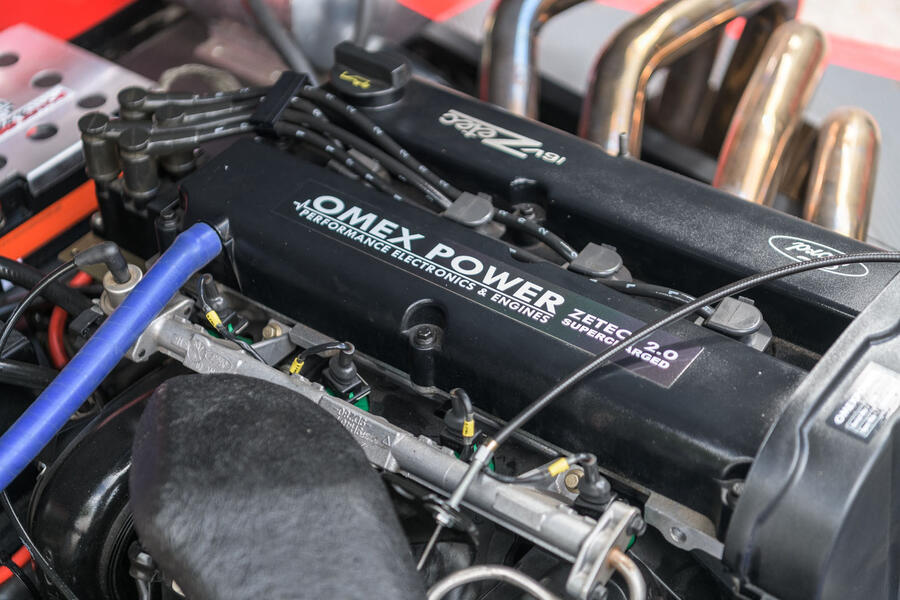



Join the debate
Add your comment
Independent Raipur escorts service don't worry Cheap rate our Russian Call girls are one of the top class 100% Risk Free escort services in Raipur Hotels.
Am currently fantasizing
Am currently fantasizing about a Striker powered by the other guy's CBX. Only 1047cc and 105 bhp but in that car you really don't need more and it's absolutely one of the best sounding engines of all time. Check out the video on Youtube called "Honda 1000 CBX Sound".
Love all these wonderful cars
Love all these wonderful cars! I need to look more into this scene. I love small powered and light cars. Something very pure about them compared to new cars with so much power and grip